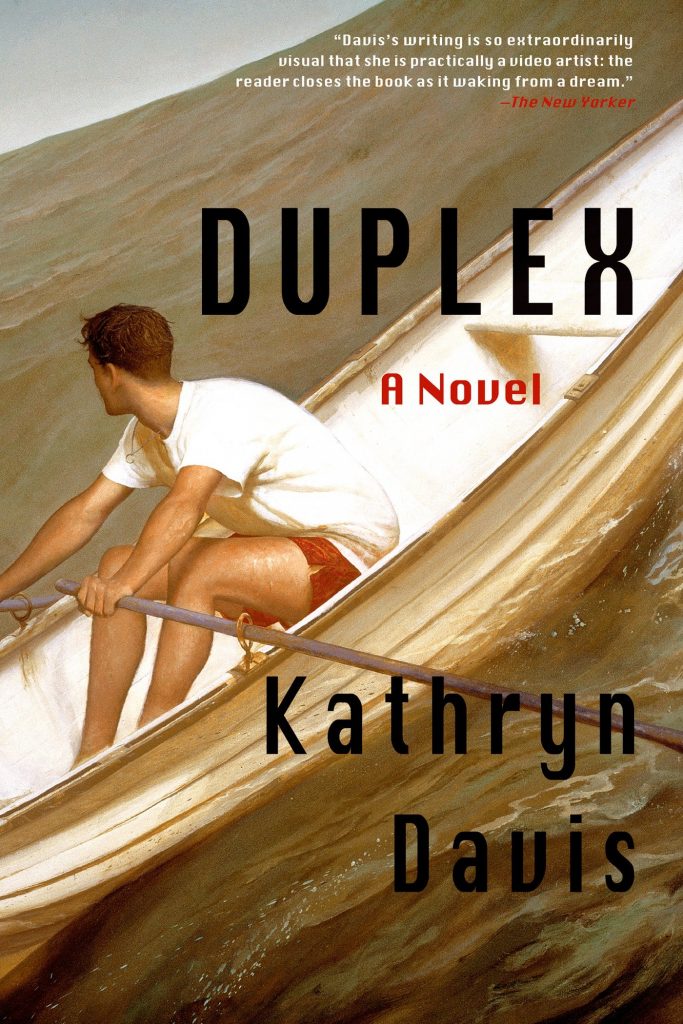How to Write a Detailed, SEO-Friendly Blog Article on “Famous Horses from Classic Literature”

Writing a compelling blog article that is both detailed and SEO-friendly requires careful planning and structuring. Here’s a comprehensive guide to help you craft an engaging post of 3000–4000 characters on the topic “Famous horses from classic literature.”
1. Introduction

- Start with a captivating hook that introduces the significance of horses in classic literature.
- Briefly mention some iconic horses to pique readers’ interest.
2. Main Content Structure
a. Use of Tables
- Create a table listing famous horses, their literary works, authors, and notable traits.
- This helps readers quickly grasp key information and improves SEO by structuring content.
| Horse Name | Literary Work | Author | Notable Traits |
|---|---|---|---|
| Black Beauty | Black Beauty | Anna Sewell | Loyal, brave, empathetic |
| Shadowfax | The Lord of the Rings | J.R.R. Tolkien | Majestic, swift, intelligent |
b. Lists
- Use bullet points or numbered lists to highlight interesting facts, horse characteristics, or their roles in stories.
- Lists improve readability and help break down complex information.
c. FAQ Section
- Include frequently asked questions related to famous literary horses.
- Examples:
- What makes Black Beauty a timeless character?
- Which classic novel features the horse Shadowfax?
- How do horses symbolize themes in literature?
3. SEO Best Practices
- Incorporate relevant keywords naturally, such as “famous horses in literature,” “classic literary horses,” and “horses in classic novels.”
- Use descriptive headings and subheadings.
- Optimize meta descriptions and image alt texts if images are included.
4. Writing Style Tips
- Use engaging and descriptive language to bring the horses and their stories to life.
- Maintain clarity and avoid redundancy.
- Ensure proper grammar and punctuation for professionalism.
5. Conclusion
- Summarize the importance of horses in classic literature.
- Encourage readers to explore these literary works.
By following this structure and incorporating these elements, your blog article will be informative, engaging, and optimized for search engines, attracting readers interested in literature and equine themes.
